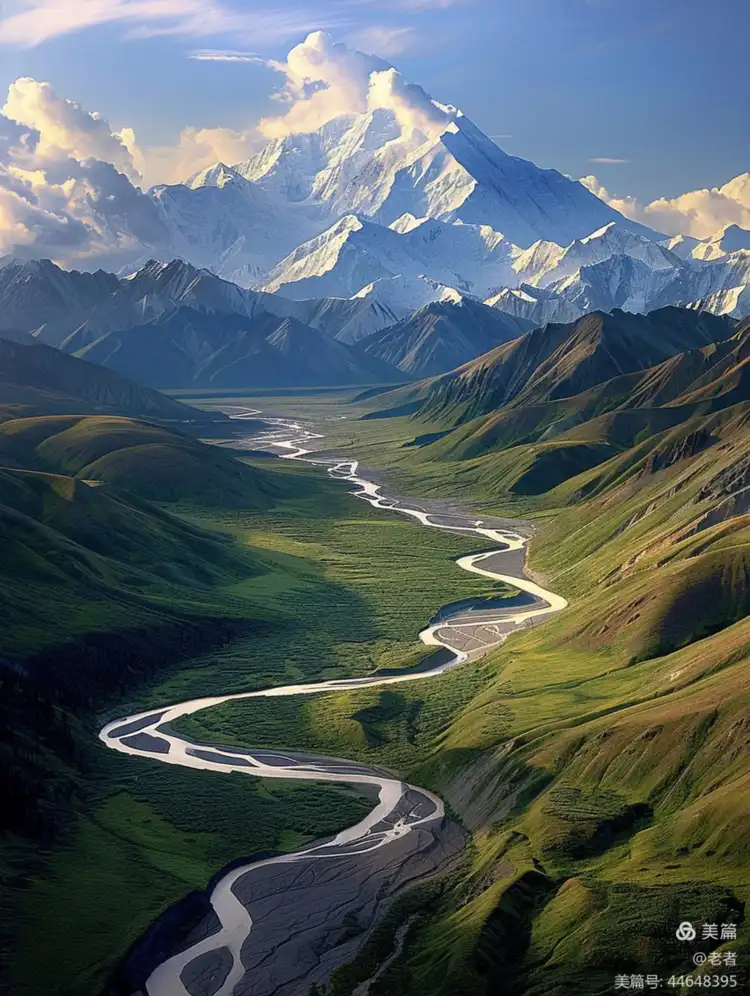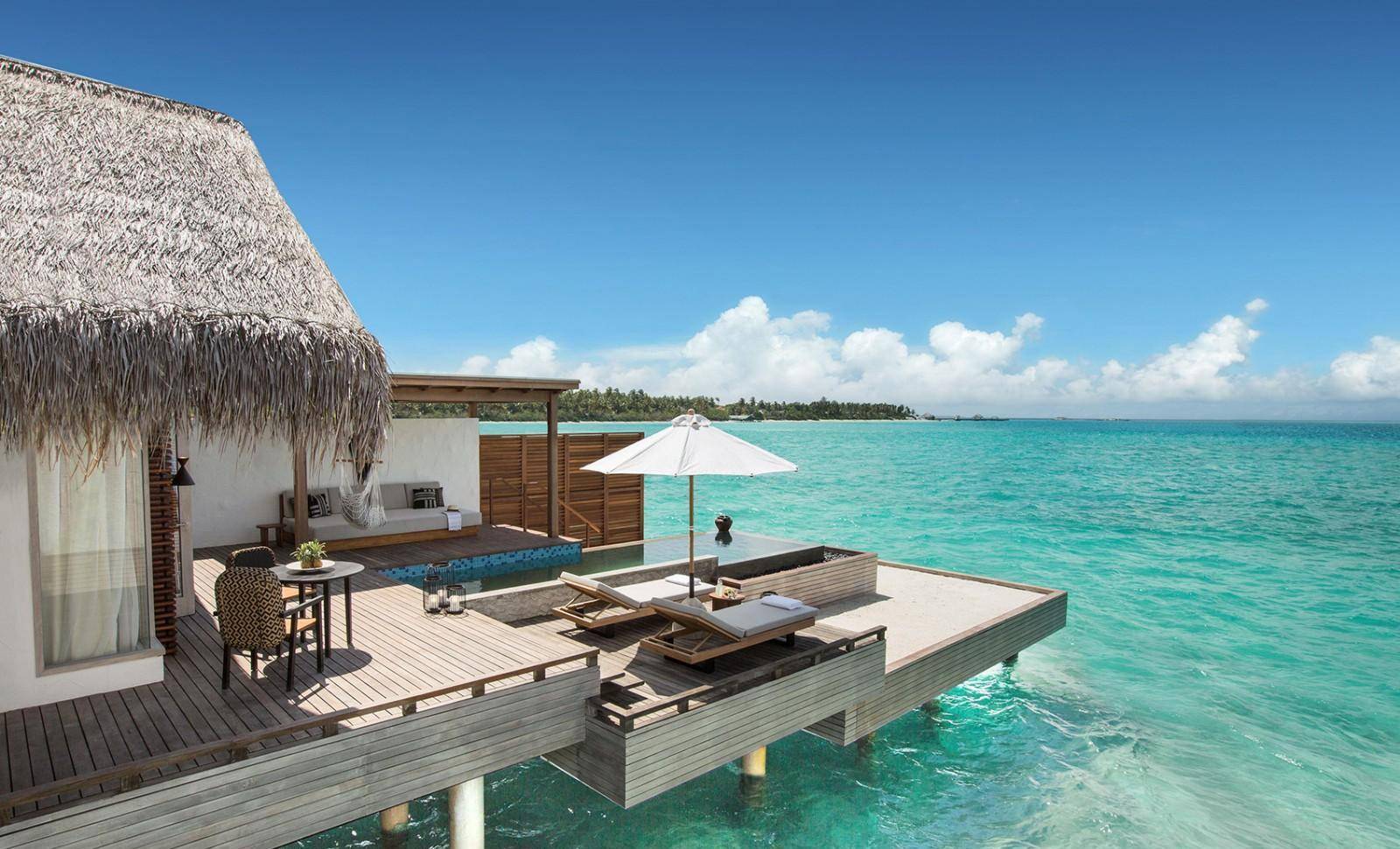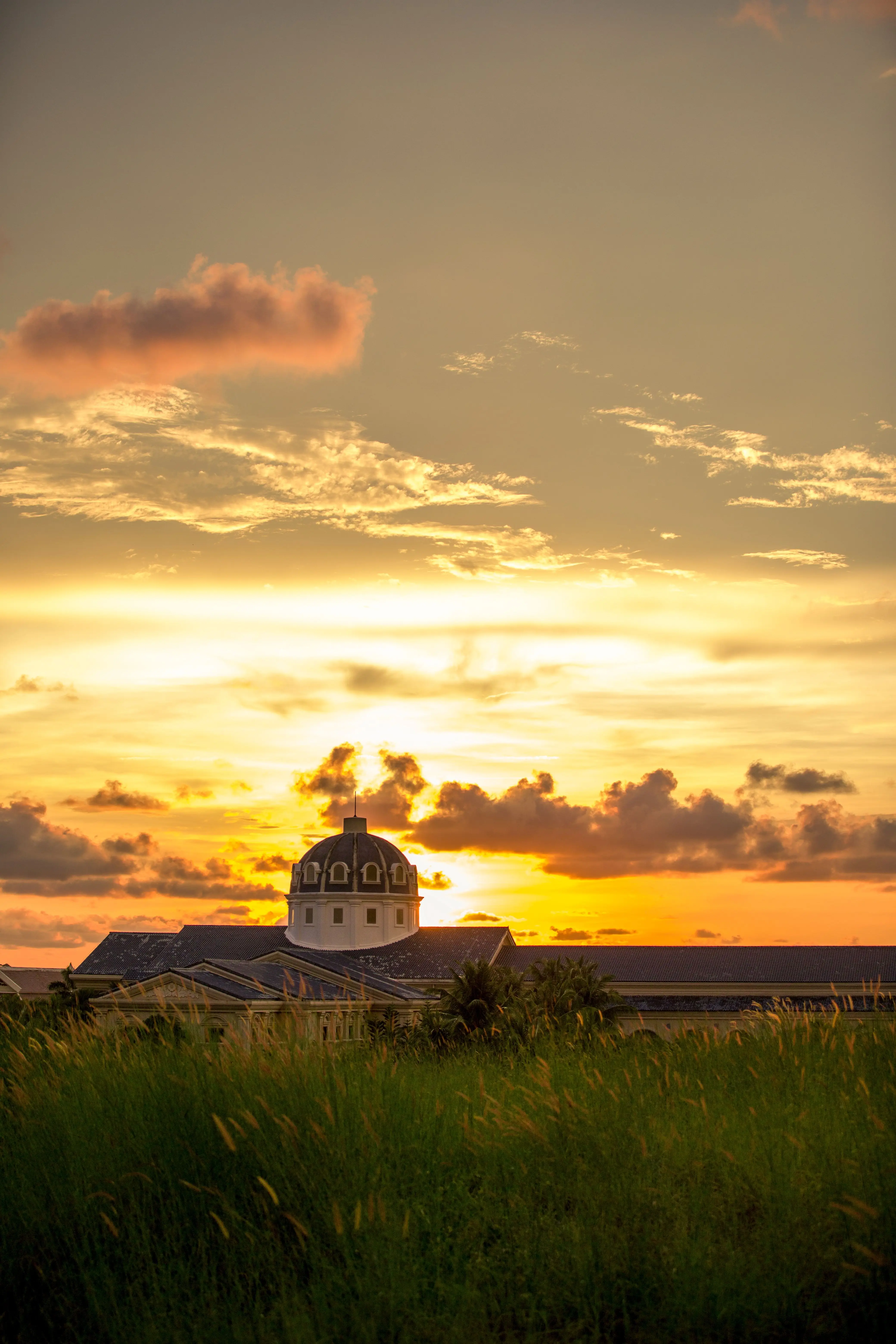Global Travel Information
Tunis, Tunisia
Tunis, the capital of Tunisia, is a city of whispers and echoes. It does not shout its history; rather, it murmurs it through the sun-warmed stones of its medina, the faded grandeur of its French-colonial facades, and the silent, sprawling ruins of Carthage that watch over it from the coast. To visit Tunis is to engage in a complex dialogue between ancient and modern, African and Mediterranean, tradition and revolution. It is a city that serves as the quiet, contemplative heart of a nation that has roared on the world stage.
The most immediate and intoxicating dialogue is with the past, and it begins in the Medina of Tunis, a UNESCO World Heritage site and one of the most complete and living medieval Islamic cities in existence. To step through the Bab el Bahr, the Sea Gate, is to cross a threshold not just in space, but in time. The cacophony of Avenue Habib Bourguiba, with its Parisian-style cafes and impatient traffic, fades into a distant hum, replaced by the scuff of shoes on worn stone, the beckoning calls of shopkeepers, and the scent of jasmine, leather, and baking bread.
The Medina is a labyrinthine universe unto itself. Its narrow, winding streets are not arranged on any rational grid but are a seemingly organic growth of alleys, covered passages (sabats), and dead-end courtyards. This is a city designed for pedestrians, for community, and for shade. The main thoroughfares are lined with souks, each dedicated to a specific craft: the Souk el Attarine for perfumes, with vials of amber and rose oil; the Souk des Chechias for the iconic blood-red felt hats; the Souk el Leffa for carpets and textiles. The experience is a full-bodied immersion. It is not a museum but a vibrant, working city where life unfolds in its full, unvarnished glory—children playing, neighbors gossiping, artisans hammering precious metals in tiny, dimly lit workshops.
At the very core of the Medina lies the Zitouna Mosque, the "Mosque of the Olive Tree." Founded in 698 AD, just decades after the Arab conquest, it is a monumental anchor of faith and scholarship. While non-Muslims cannot enter the prayer hall, they can glimpse its forest of ancient columns, many spoliated from Roman Carthage, from the courtyard perimeter. The Zitouna’s minaret dominates the skyline, a silent sentinel that has observed the rise and fall of dynasties for over a millennium.

This dense, ancient core stands in stark contrast to the Ville Nouvelle, the "New City" laid out by the French Protectorate in the late 19th century. Radiating from the grand Avenue Habib Bourguiba, this area speaks a different architectural language. Here, the wide, tree-lined boulevards are flanked by elegant buildings with wrought-iron balconies, art deco motifs, and faded pastel paint. Cafés spill onto the pavements, their tables occupied by men smoking shisha and debating politics over tiny glasses of sweet tea. The Cathedral of St. Vincent de Paul stands as a testament to the colonial era, its twin towers and neo-Byzantine style an alien but now ingrained element of the city’s fabric. The Ville Nouvelle represents a different kind of history—one of colonization, modernization, and the complex synthesis of identities.
Yet, to understand Tunis’s deepest historical roots, one must journey a few kilometers northeast to the peninsula of Carthage. The story of Tunis is inextricably linked to its legendary predecessor. Walking through the archaeological park today, it requires a leap of imagination to envision this now-tranquil site as the bustling metropolis that once challenged Rome for dominance of the Mediterranean. The scattered foundations of homes on Byrsa Hill, the reconstructed ruins of the Antonine Baths—once the largest in the Roman world—and the silent Tophet, a sacred precinct where urns containing the ashes of sacrificed children were buried, all speak of a layered and often brutal history. The utter destruction wrought by Rome in 146 BC was so complete that it became a byword for annihilation. Yet, from the ashes, a new Roman Carthage rose, whose fragments we see today, which in turn gave way to the Arab city of Tunis. The energy of Carthage—ambitious, mercantile, and resilient—feels like it was transplanted inland, to its successor.
Modern Tunis is very much a city grappling with its present. The echoes of the 2011 Jasmine Revolution, which began here and sparked the Arab Spring, are still palpable. The graffiti may have been painted over, but the spirit of political awakening and the frustrations of economic hardship linger in the air. The city is a canvas of contradictions: a new generation of tech startups and contemporary art galleries exists alongside stubborn unemployment and bureaucratic inertia.
The cultural life of the city reflects this tension. The Bardo Museum, housed in a 15th-century beylic palace, holds one of the world’s most magnificent collections of Roman mosaics, a dazzling narrative of ancient myth and daily life. Meanwhile, in the industrial suburbs, artists transform abandoned factories into vibrant creative hubs, using their work to question and critique modern Tunisian society.
The soul of Tunis, however, is ultimately found in its quieter moments. It is in the shared silence of fishermen casting their lines off the Sidi Bou Said marina as the sun sets behind the Gulf of Tunis, painting the white and blue village in hues of gold and orange. It is in the first sip of laban, a salty, refreshing yogurt drink, on a scorching afternoon. It is in the intricate geometric patterns carved into a doorway in the Medina, a testament to a craftsman’s faith and patience.
Tunis is not a city that offers itself up easily. It is layered, complex, and requires patience to unravel. It is a place where history is not a separate attraction but the very bedrock of daily existence. To walk its streets is to walk through time itself, to feel the weight of empires and the whisper of revolution, all converging in a vibrant, messy, and utterly captivating African capital on the edge of the sea. It is a city that remembers everything, and in its quiet, enduring presence, it invites you to listen.
相关文章
- Elbe River Amusement Parks: Rides with River Views
- Elbe River Camping Spots: Pitch a Tent by the Water
- Elbe River Glamping Sites: Luxury Camping Along the Banks
- Elbe River RV Parks: Stay in Your Camper Near the River
- Elbe River B&Bs: Cozy Accommodations with a Personal Touch
- Elbe River Hostels: Budget Stays for Young Travelers
- Elbe River Business Travel Guide: Meetings & Events Near the Water
- Elbe River Conference Venues: Spaces with River Views
- Elbe River Wedding Venues: Tie the Knot by the Water
- Elbe River Funeral Services: Respectful Locations Along the Banks
发表评论
评论列表
- 这篇文章还没有收到评论,赶紧来抢沙发吧~


